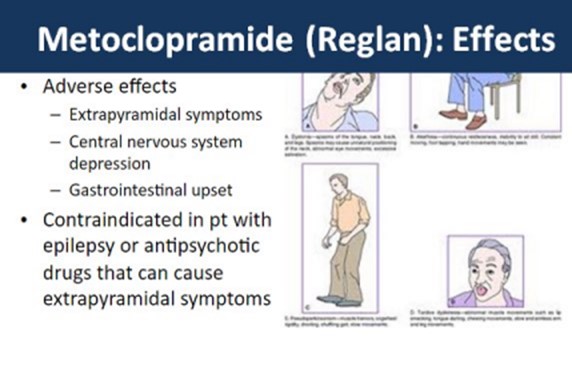A nurse is caring for a client who has a prescription for a stool guaiac test. The client asks the nurse about the purpose of the test. The nurse should respond by stating that the stool guaiac is testing for which of the following findings in the client's feces?
Blood
Parasites
Bacteria
Fat
The Correct Answer is A
The purpose of the stool guaiac test, also known as the fecal occult blood test (FOBT), is to identify the presence of hidden or occult blood in the stool. This test is commonly performed to screen for gastrointestinal bleeding, which can indicate various conditions such as colorectal cancer, ulcers, polyps, or other sources of bleeding in the digestive tract.
The other options mentioned are not specifically detected by the stool guaiac test:
Parasites: The stool guaiac test does not directly detect parasites in the feces. Parasite testing requires a different type of analysis, such as microscopic examination or specialized laboratory tests.
Bacteria: The stool guaiac test does not specifically detect bacteria in the feces. If a bacterial infection is suspected, other diagnostic tests such as stool culture or polymerase chain reaction (PCR) may be ordered.
Fat: The stool guaiac test is not designed to detect fat in the feces. If there is a concern about fat malabsorption, other tests such as fecal fat analysis or Sudan stain may be used.
Nursing Test Bank
Naxlex Comprehensive Predictor Exams
Related Questions
Correct Answer is B
Explanation
After administering lactulose to a client with cirrhosis, the nurse should monitor for the adverse effects of diarrhea. Lactulose is a laxative commonly used in the treatment of hepatic encephalopathy, which can occur in individuals with cirrhosis. One of the intended effects of lactulose is to promote bowel movements and reduce the absorption of ammonia in the gut, thus helping to manage hepatic encephalopathy.
While lactulose can cause adverse effects such as diarrhea, it is not typically associated with peripheral edema. Peripheral edema is often seen in cirrhosis due to fluid retention caused by liver dysfunction.
Dry mouth and headache are less commonly associated with lactulose use and are not typically the primary adverse effects to monitor for in this scenario.

Correct Answer is A
Explanation
Metoclopramide is a medication commonly used to treat gastrointestinal disorders such as gastroesophageal reflux disease (GERD). While it is generally well-tolerated, it can have some adverse effects. Sedation is one of the common side effects of metoclopramide. It can cause drowsiness, dizziness, and a feeling of tiredness in some individuals. Therefore, the nurse should monitor the client for any signs of sedation or excessive drowsiness, especially when the client starts taking the medication or when the dose is increased.

Hypertension: Metoclopramide is not known to cause hypertension (high blood pressure) as a common side effect. In fact, it may have a mild hypotensive (blood pressure-lowering) effect in some individuals.
Urinary retention: Metoclopramide does not typically cause urinary retention. Instead, it can enhance gastrointestinal motility and increase the frequency of bowel movements.
Blurred vision: While visual disturbances are rare adverse effects of metoclopramide, blurred vision is not a commonly reported side effect. However, other visual disturbances like oculogyric crisis (involuntary rolling back of the eyes) have been reported in rare cases. Nevertheless, monitoring for blurred vision specifically is not a priority when administering metoclopramide.
Whether you are a student looking to ace your exams or a practicing nurse seeking to enhance your expertise , our nursing education contents will empower you with the confidence and competence to make a difference in the lives of patients and become a respected leader in the healthcare field.
Visit Naxlex, invest in your future and unlock endless possibilities with our unparalleled nursing education contents today
Report Wrong Answer on the Current Question
Do you disagree with the answer? If yes, what is your expected answer? Explain.
Kindly be descriptive with the issue you are facing.
